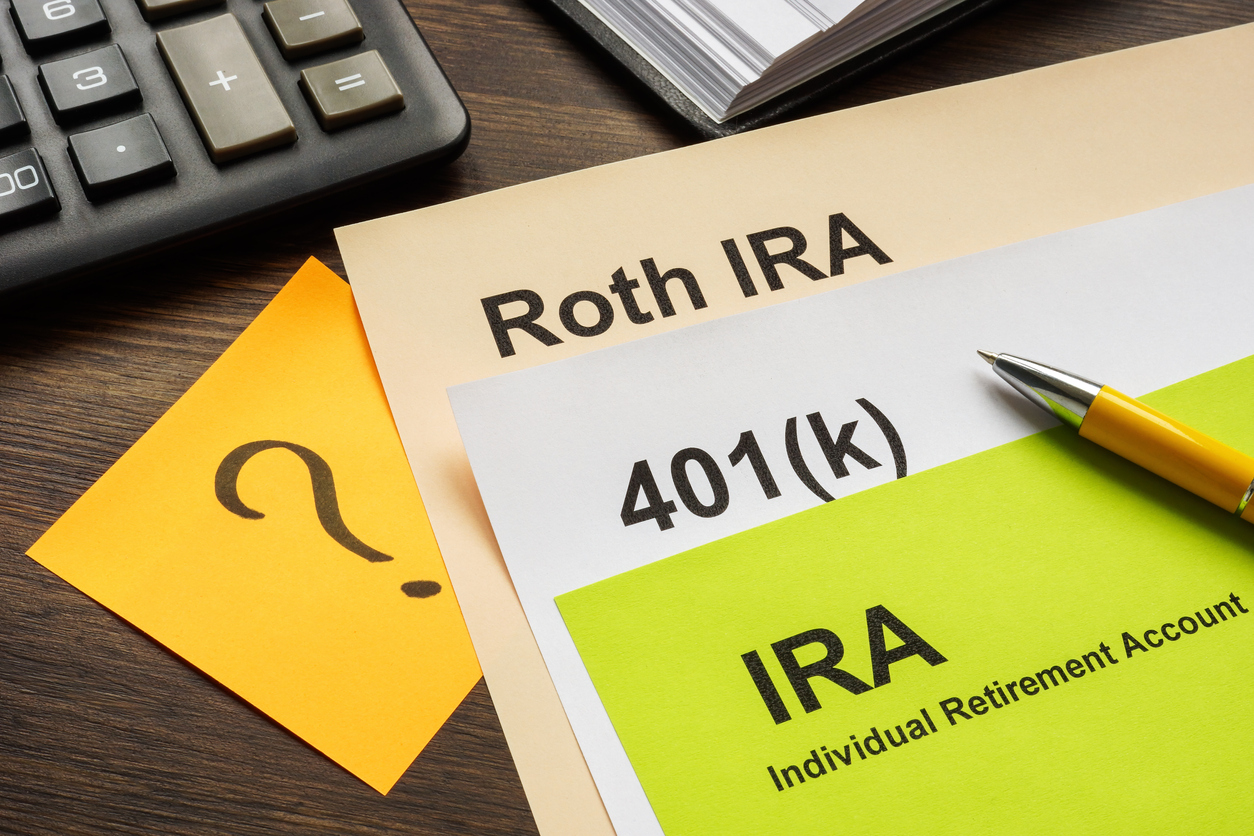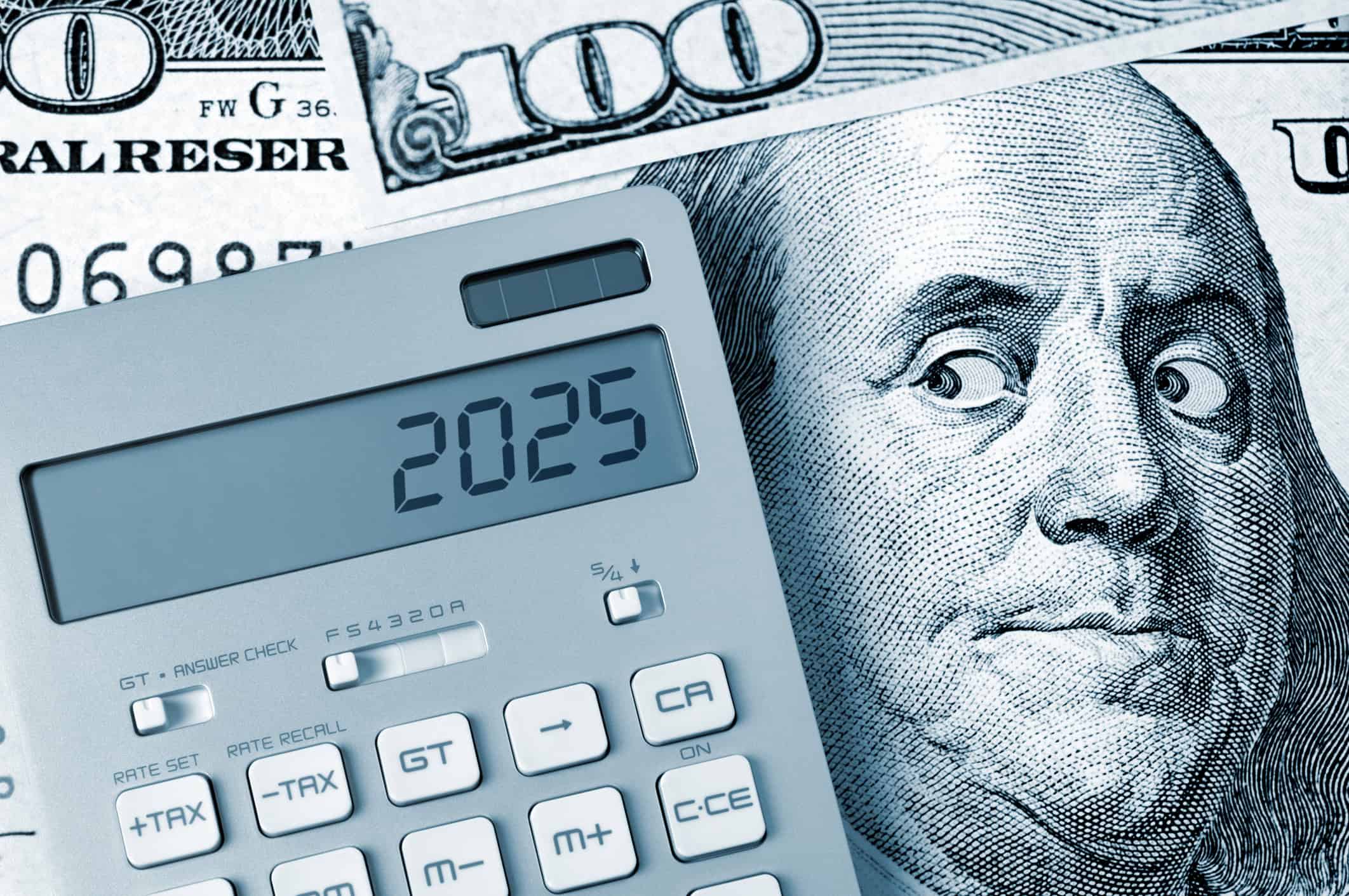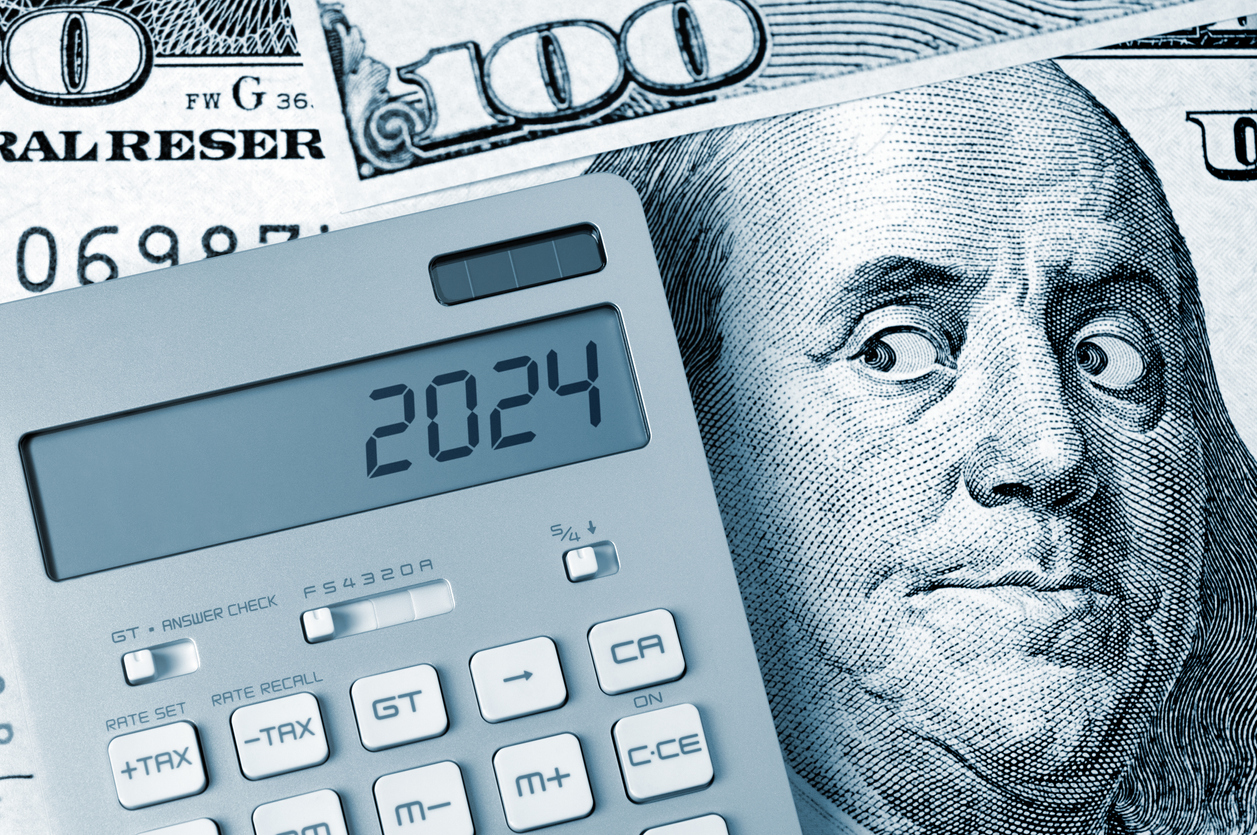
You’re Maxing Out Your 401(k). Should You Invest After-Tax in an IRA?
If you are maxing out your 401(k) plan, investing after-tax in an IRA may be worth considering. Although it won’t be tax-deferred, it will still grow tax-free. Plus, it can provide an additional source of income in retirement. And since you contributed with after-tax dollars, you can withdraw them tax-free, and only the growth will be taxed in retirement. This gives you some control over your investment income.
It can be a good plan for additional savings that you won’t have to manage from a tax perspective, the way you do your taxable investment accounts. But of course, there is some paperwork you’ll need to stay on top of.
The Basics of Investing After-Tax in an IRA: Setting up the Account
If you have been relying on an employer-sponsored tax-deferred account like a 401(k) as your main or only means of retirement savings, you might find the process of opening an IRA a bit surprising. With a 401(k) account, you specify the percentage you want to contribute pre-tax and how you’d like to allocate your investment. All recordkeeping is done for you. The amount you contributed will be reported on your W-2. But you don’t have to do any additional tax reporting or filing.
Contributing after-tax dollars to an IRA is more complicated. You can easily open an account at various financial institutions. But all the reporting and rule-following is on you. The institution likely will have some guardrails in place so you can’t contribute more than the $6,500 maximum ($7,500 if you are over 50). But that’s about it. You’ll need to keep track of your investments and file the necessary IRS forms yourself.
About Those Forms…
Your pre-tax contributions to 401(k) enable tax-deferred growth of your balance. This means you pay the taxes when you withdraw funds in retirement. Post-tax IRAs contain a mixture of post-tax contributions that are withdrawable without tax liability, and tax-deferred growth.
This is where the slight difficulty comes in. You need to file Form 8606 with your taxes every year that you contribute. Then you’ll need to save those tax forms until retirement. This way you can prove to the IRS when you withdraw the funds in retirement that you’ve already paid taxes on the contribution. You can remedy it by filing the form with your next tax return if you forget.
Given the ease of electronic filing and recordkeeping, it’s not that big of a deal even if this is decades away. It’s not even close to how difficult it is to keep track of your crypto wallet and keys.
But if you don’t do it, you will pay taxes on the contribution amounts twice.
How Do Withdrawals Work?
Again, if you aren’t familiar with the IRA structure, it can seem complicated. There’s a formula that calculates the tax-free and the taxable percentages. Then you update Form 8606 to reflect the pro-rata tax-free withdrawal and your new adjusted basis (the amount of after-tax dollars still invested). So, recordkeeping is an ongoing thing.
What are the Advantages of Investing After-Tax in an IRA?
Investing after-tax in an IRA and therefore being able to put money away for tax-deferred growth, can benefit retirement savings. Similar to your 401(k), you can structure the account to invest in anything you want. You don’t need to be mindful of the impact on your annual taxes of your investment decisions. Unlike if you had put money away in a taxable account.
Understand that when you withdraw funds, the ordinary income rate is used to calculate taxes on the taxable portion, which is the tax-deferred growth, rather than the capital gains rate. Depending on your taxable income in retirement, this may be lower or higher than the earned income rate.
One other consideration – opening the after-tax-IRA is the first step to the Backdoor Roth. You may be unsure about whether that provision will make it through whatever the final version (if any) of the Build Back Better Act is. If so, you can wait until after the mid-terms. It’s a way to preserve your options. And if ending the long-term capital gains advantage ends up back on the chopping block, you’ll be ahead of the game.
The Bottom Line About Investing After-Tax in an IRA
Thinking through all the available options open to you is just a smart way to manage your money.
Let Hennion & Walsh Offer a Second Opinion
Curious to learn more? Our unmatched client experience will give you peace of mind. Just as you may seek a second opinion about your health, we believe successful investors can gain value and peace of mind by getting a second opinion on their financial health. So, whether you’re worried about today’s uncertain economic environment or looking for increased peace of mind, we can help. Get a complimentary second opinion on all your investment accounts not held at Hennion & Walsh today!
Hennion & Walsh Experience
We have investment professionals, planners, and portfolio managers that can collectively analyze your situation through the lens of their respective disciplines. Each member brings valuable insights to apply to your situation. Whether you are looking for income strategy guidance or growth strategy guidance, a second opinion of all your investment accounts not currently held at Hennion & Walsh could be beneficial to your financial health.
Disclosures:
Hennion & Walsh Asset Management currently has allocations within its managed money program, and Hennion & Walsh currently has allocations within certain SmartTrust® Unit Investment Trusts (UITs) consistent with several of the portfolio management ideas for consideration cited above.
Past performance does not guarantee future results. We have taken this information from sources that we believe to be reliable and accurate. Hennion and Walsh cannot guarantee the accuracy of said information and cannot be held liable. You cannot invest directly in an index. Diversification can help mitigate the risk and volatility in your portfolio but does not ensure a profit or guarantee against a loss.




